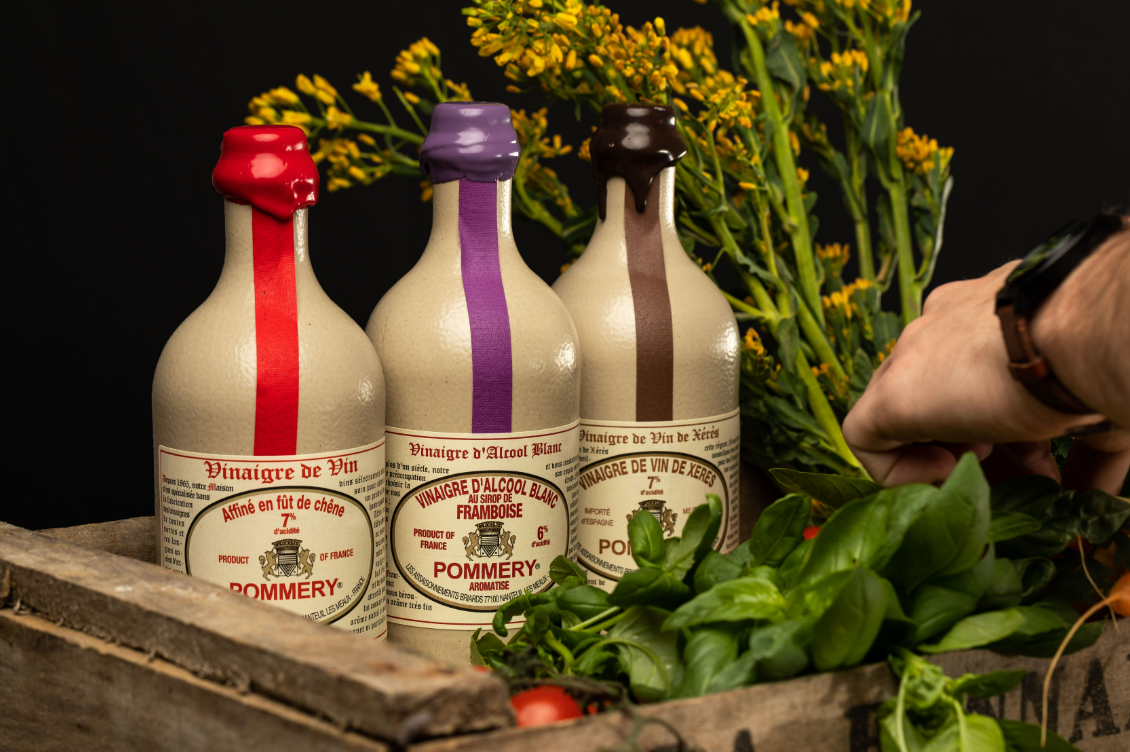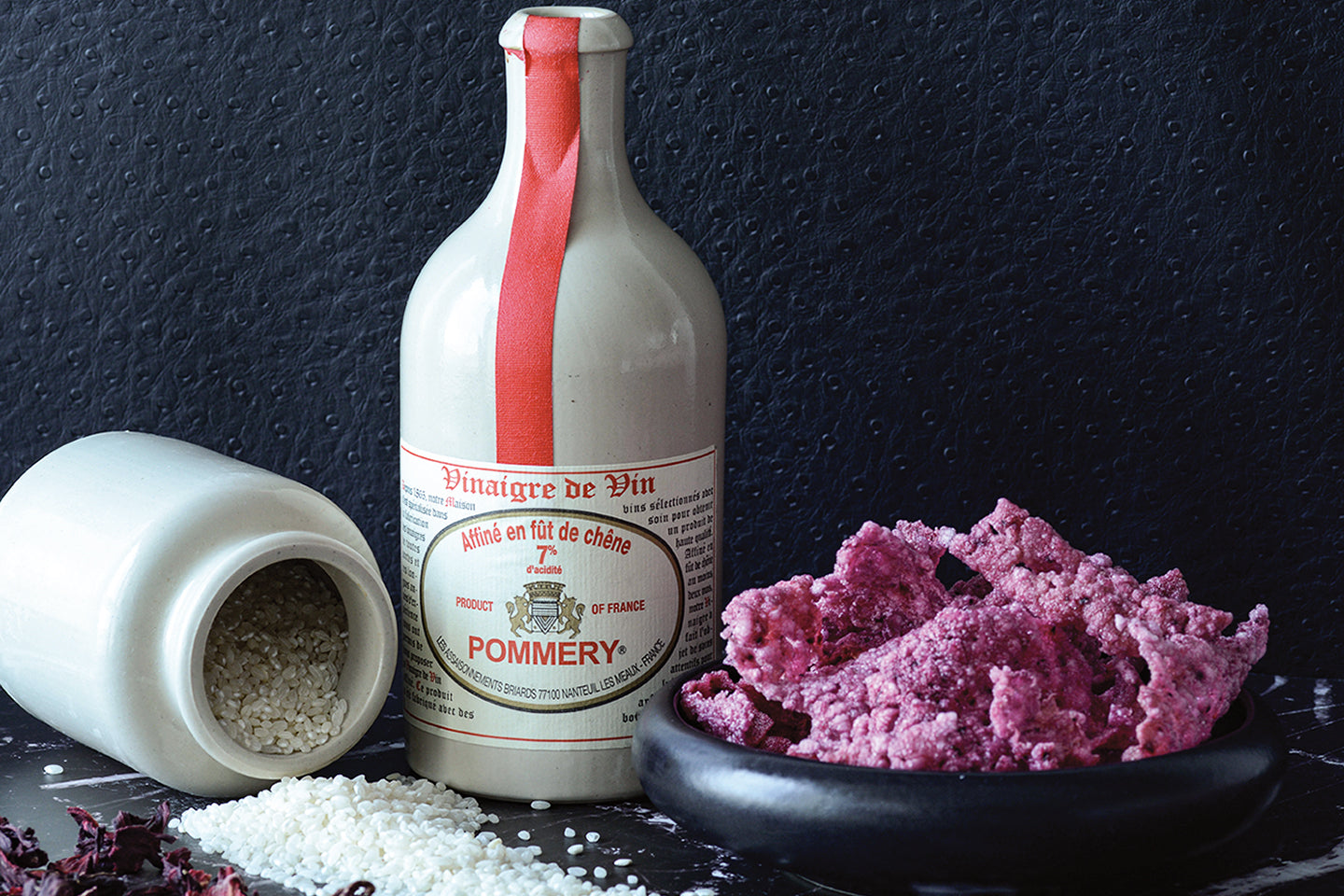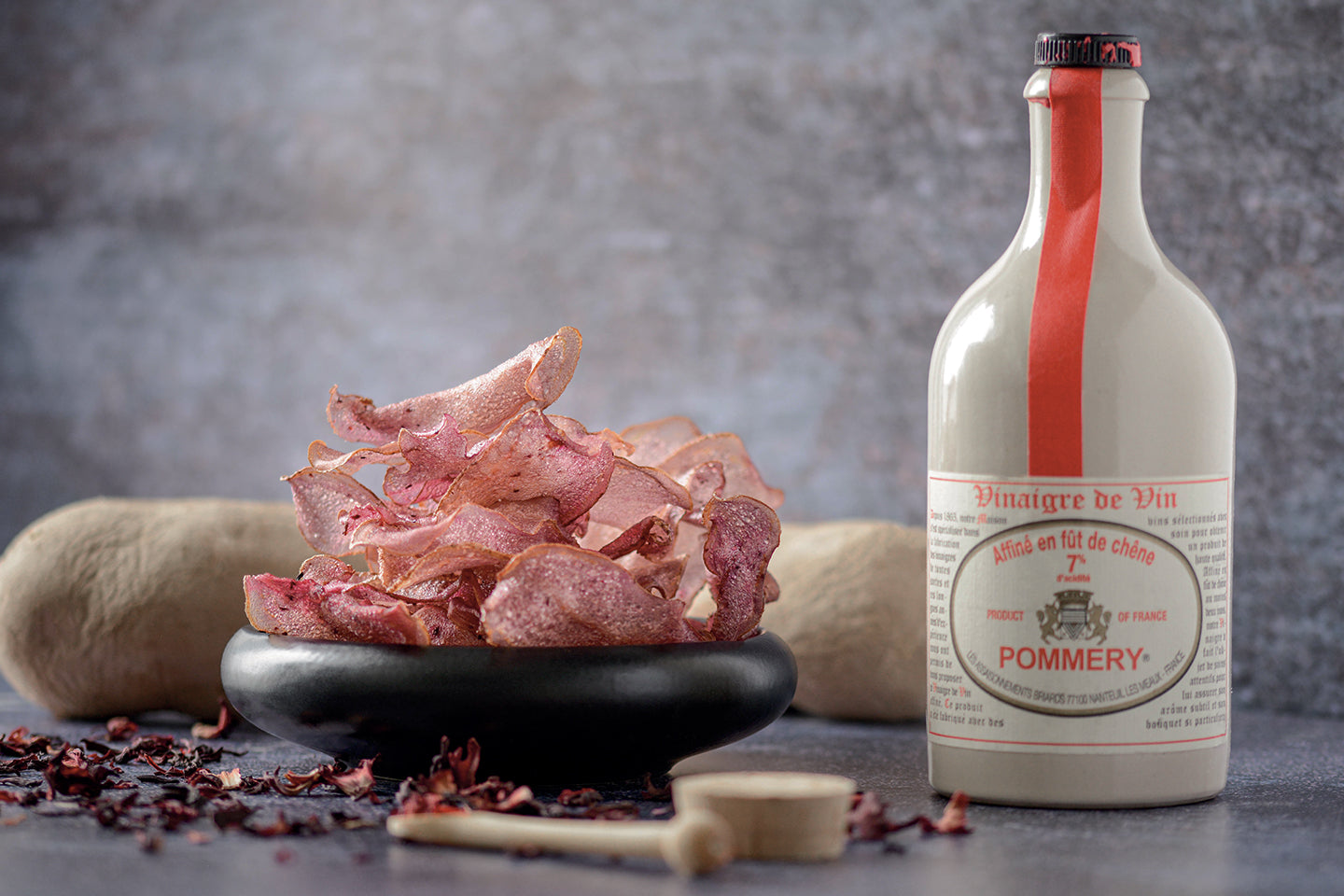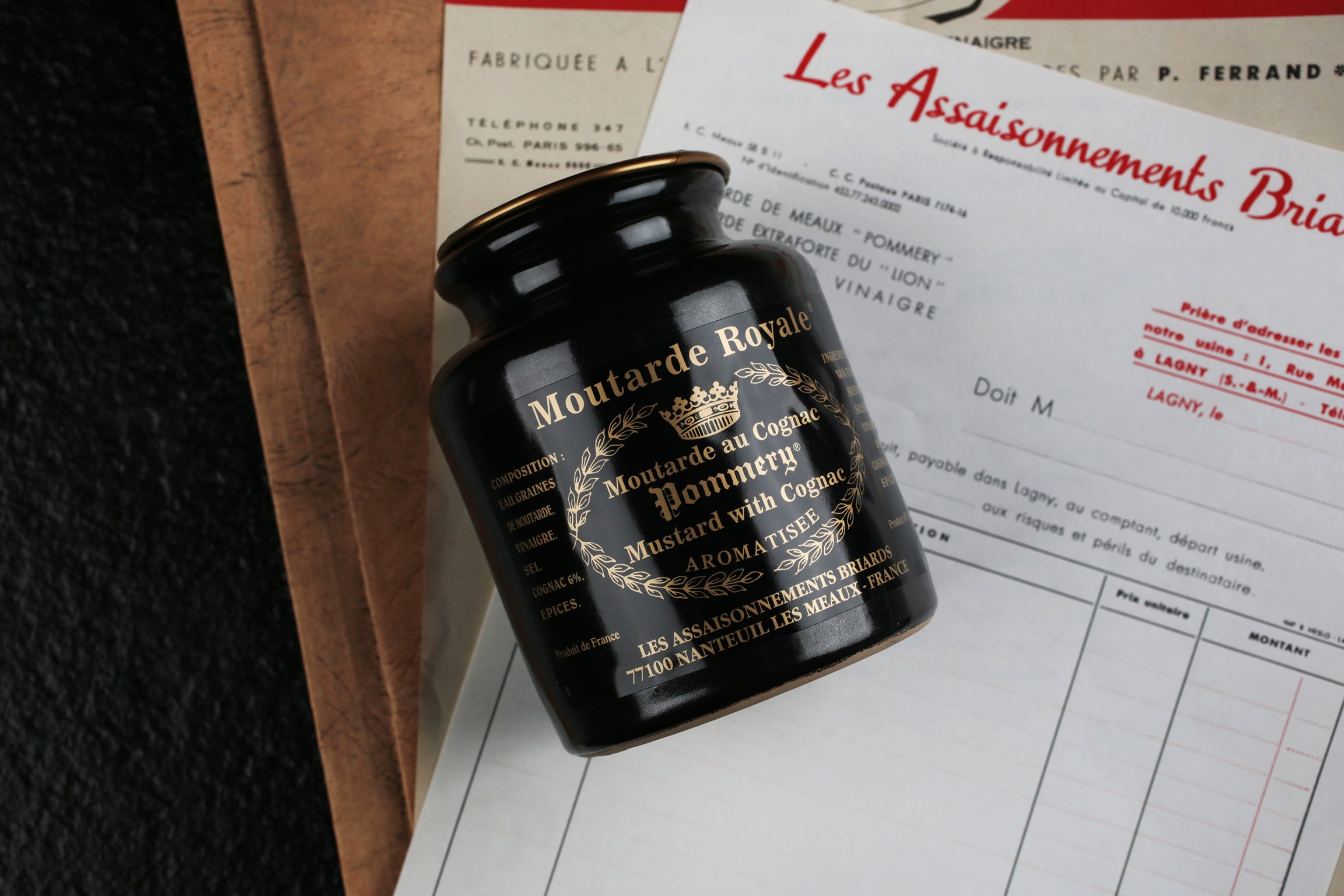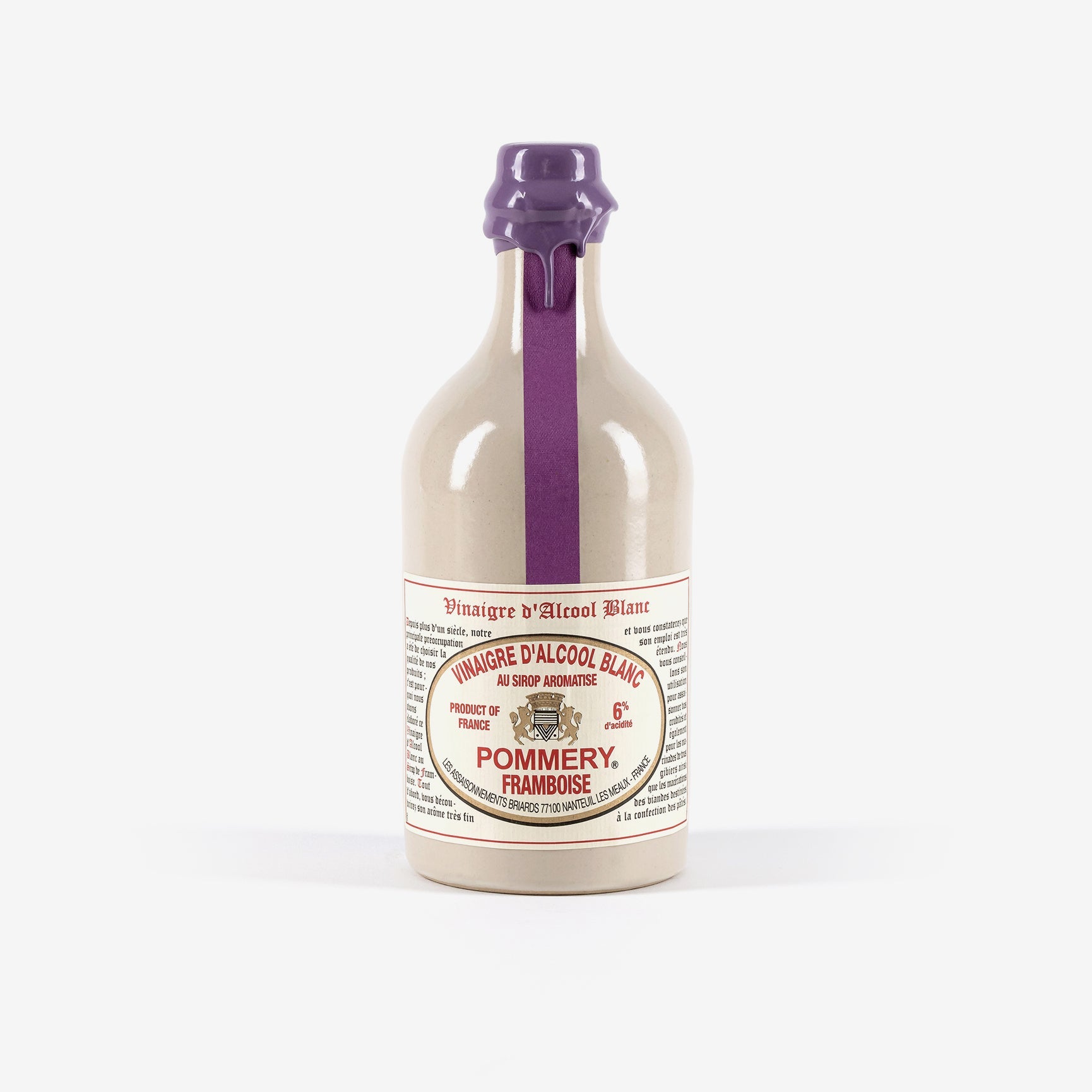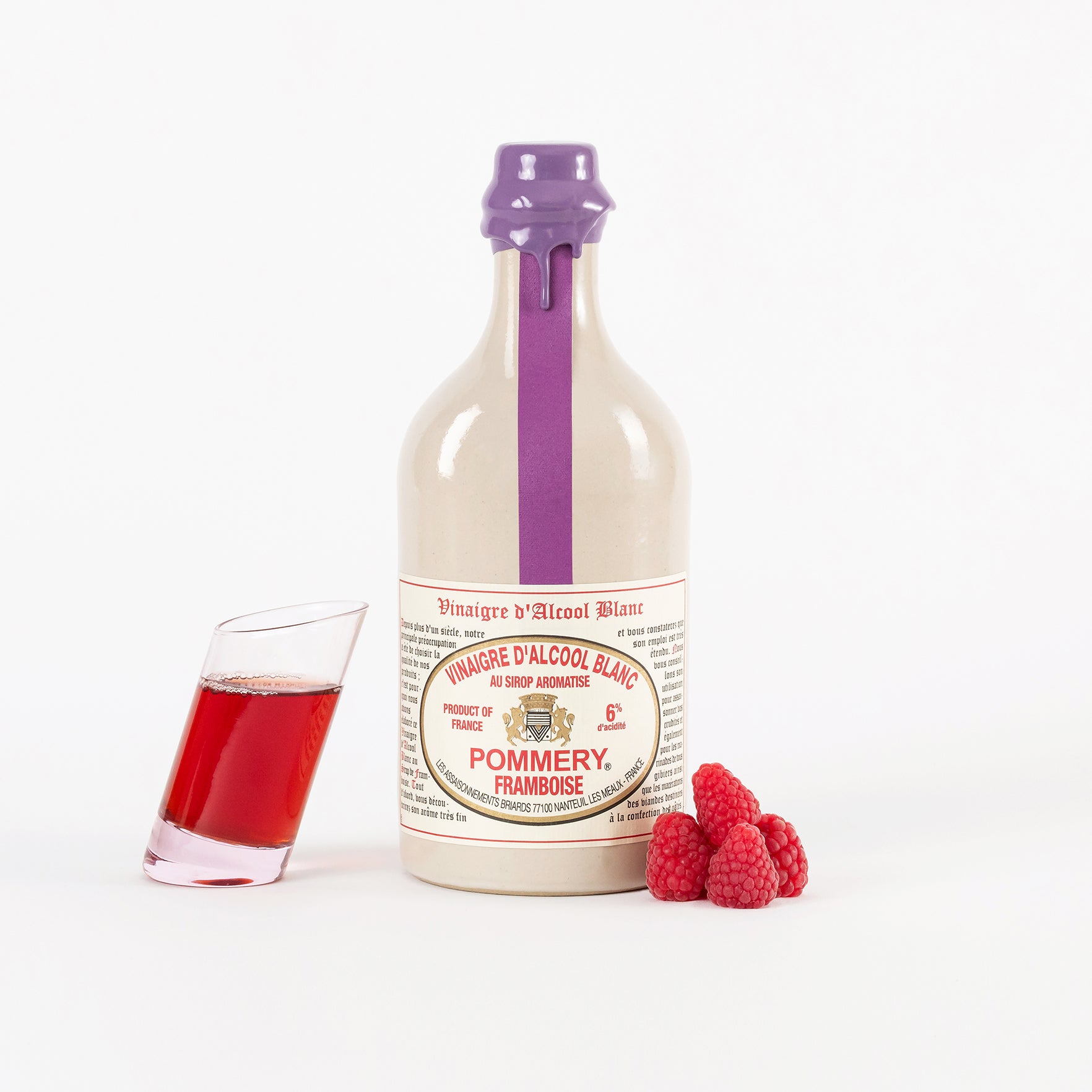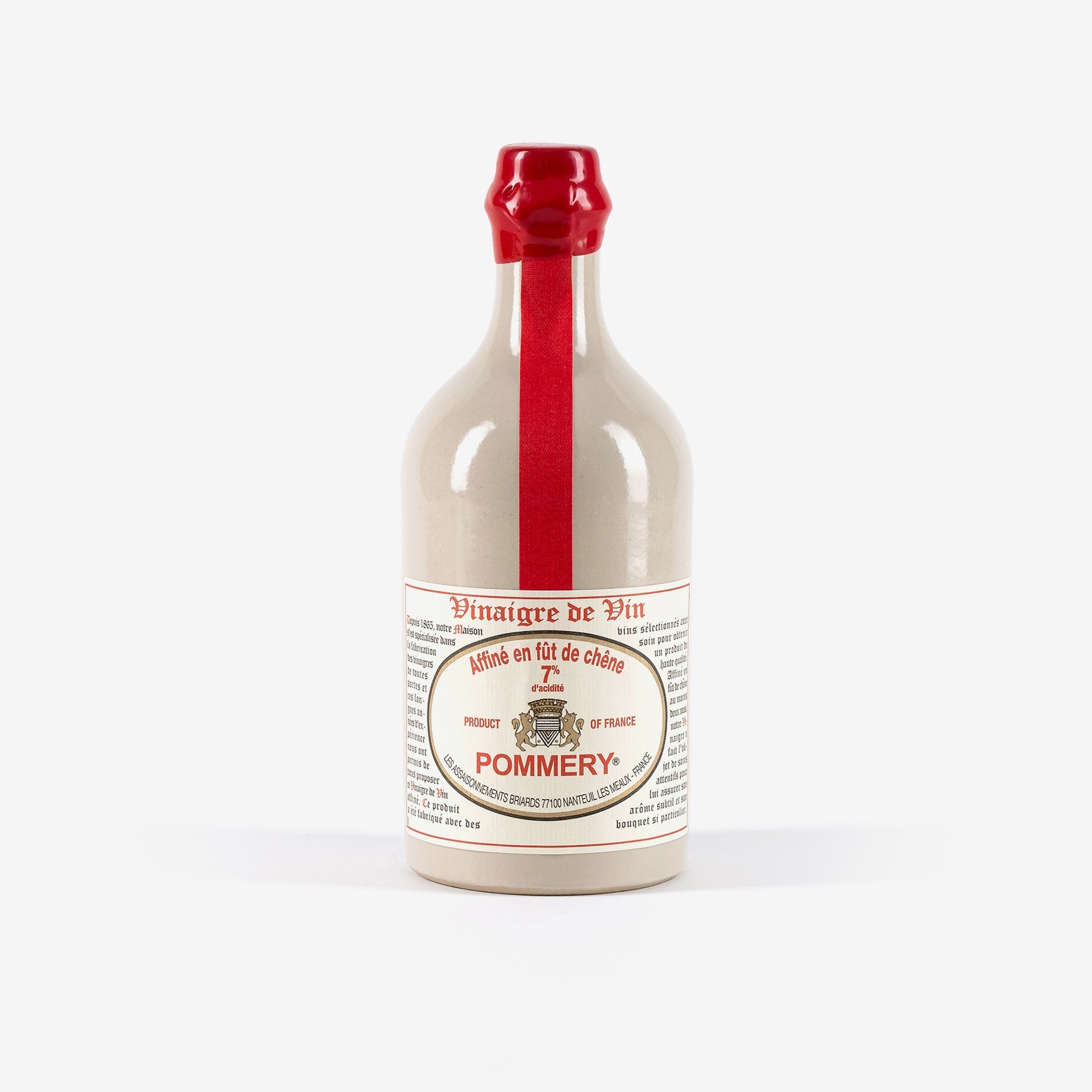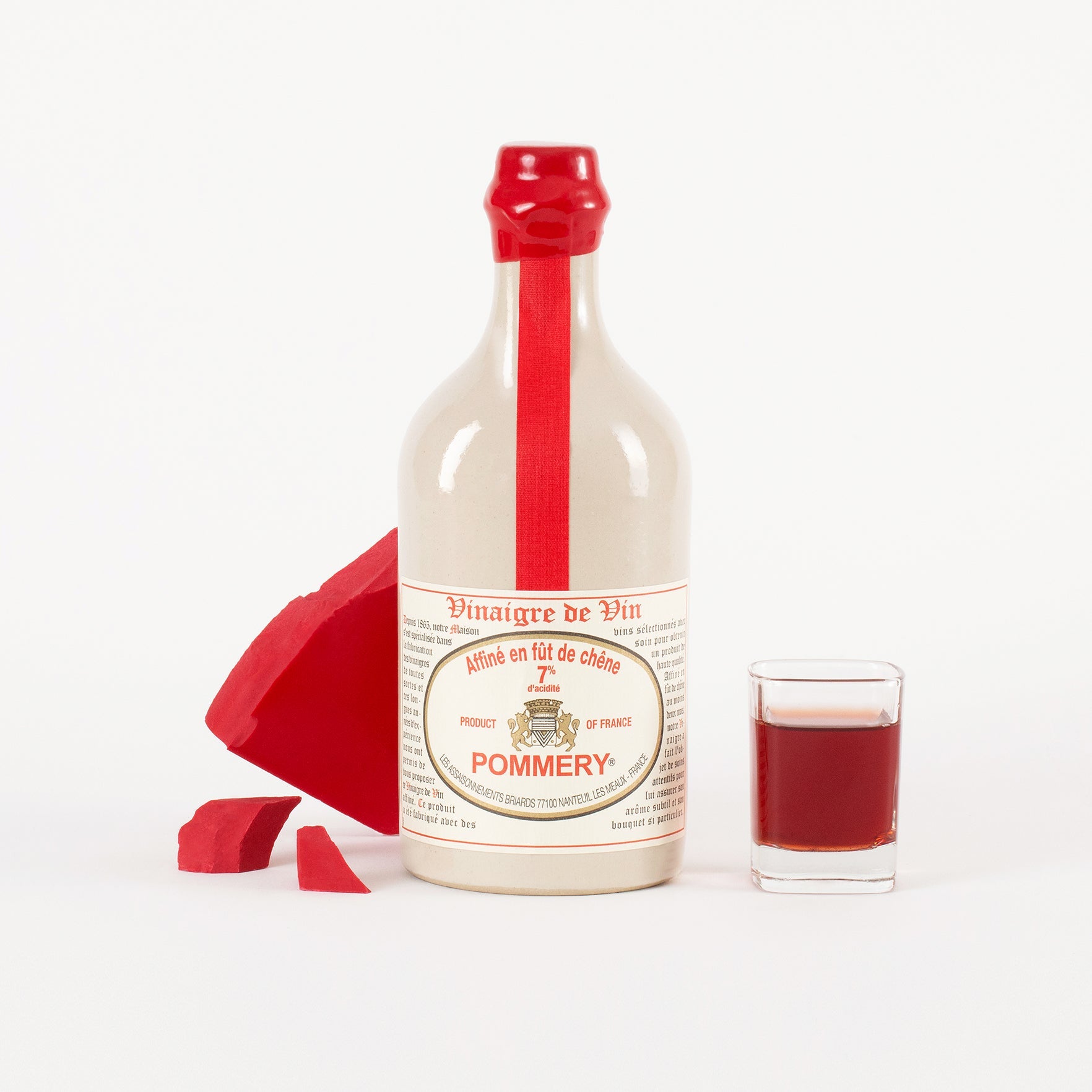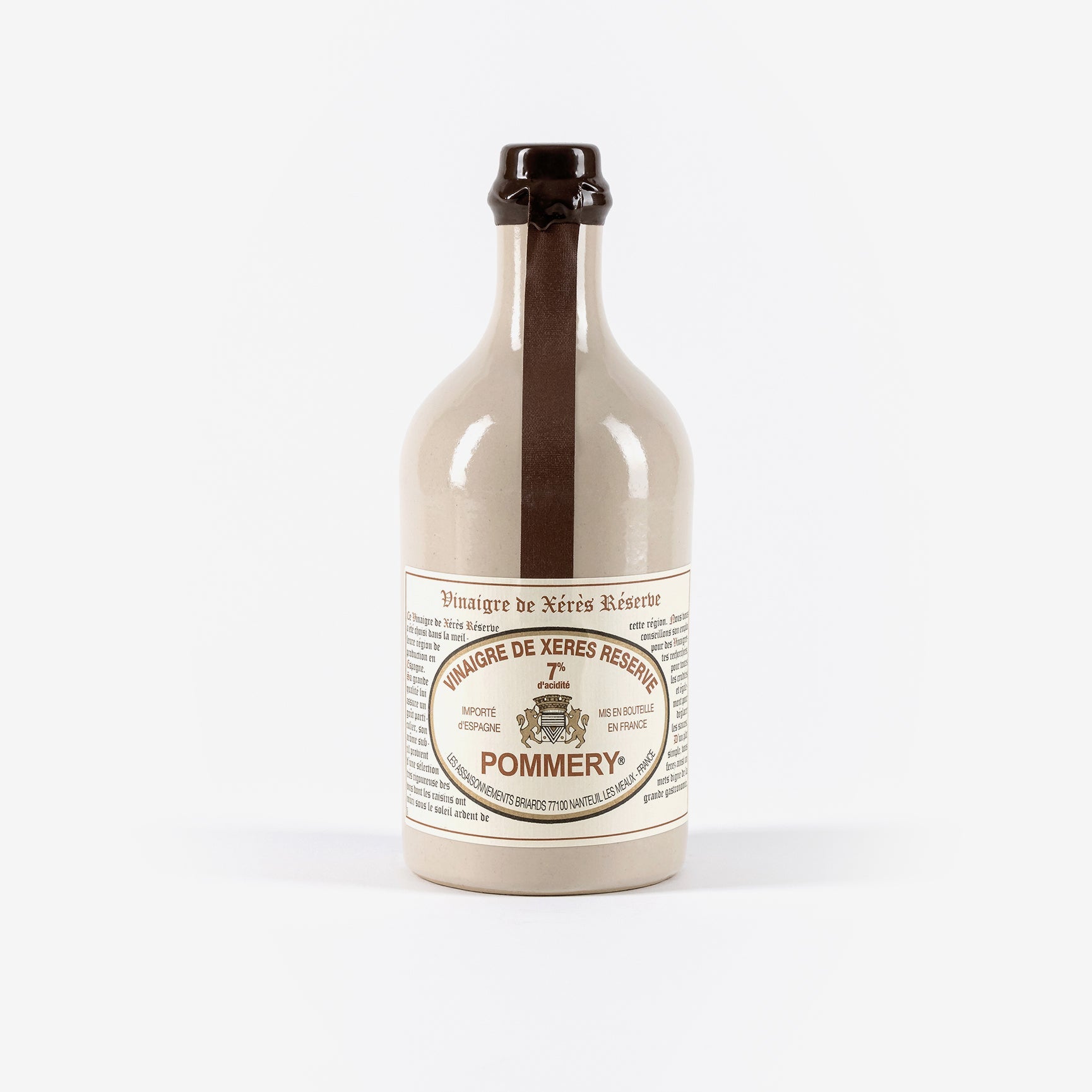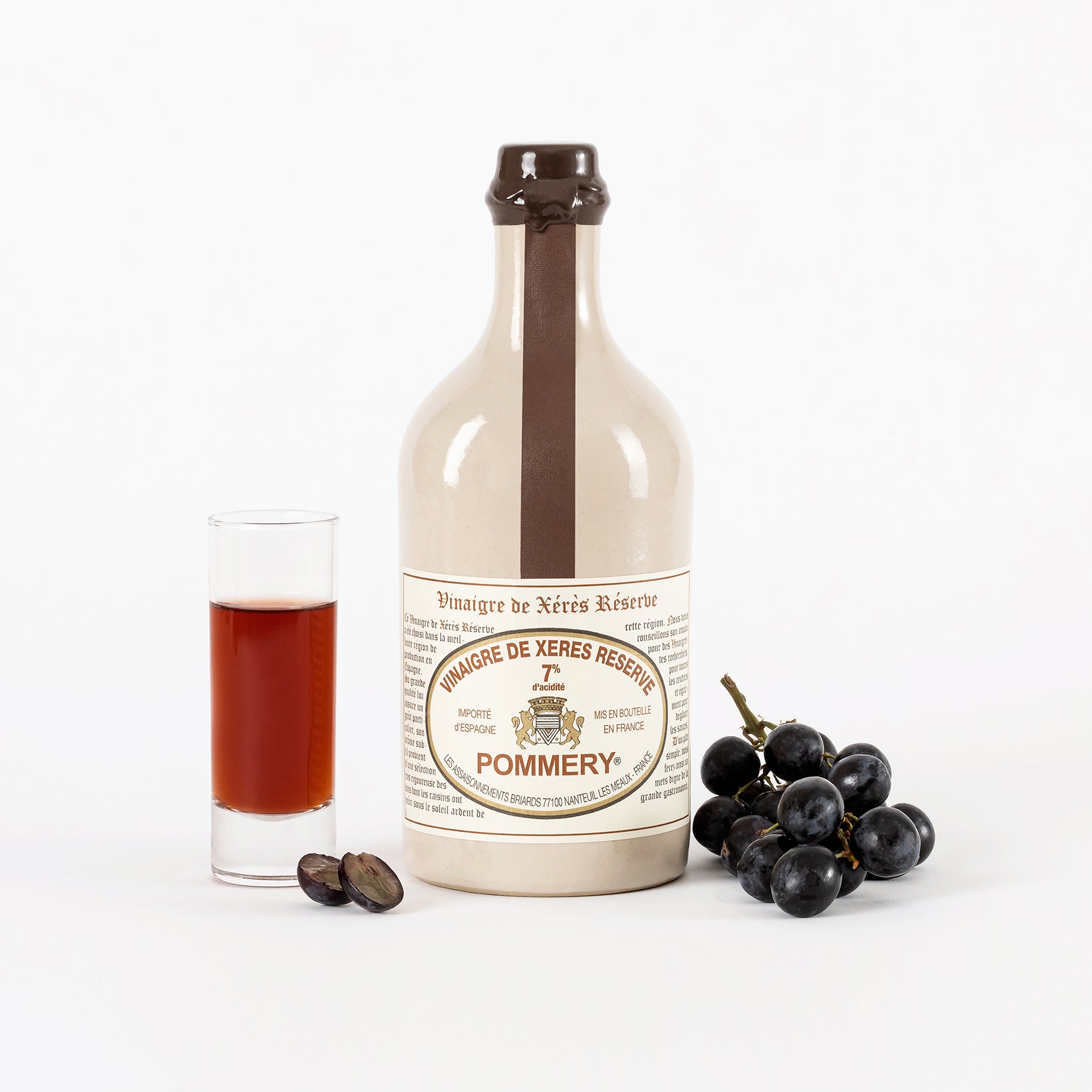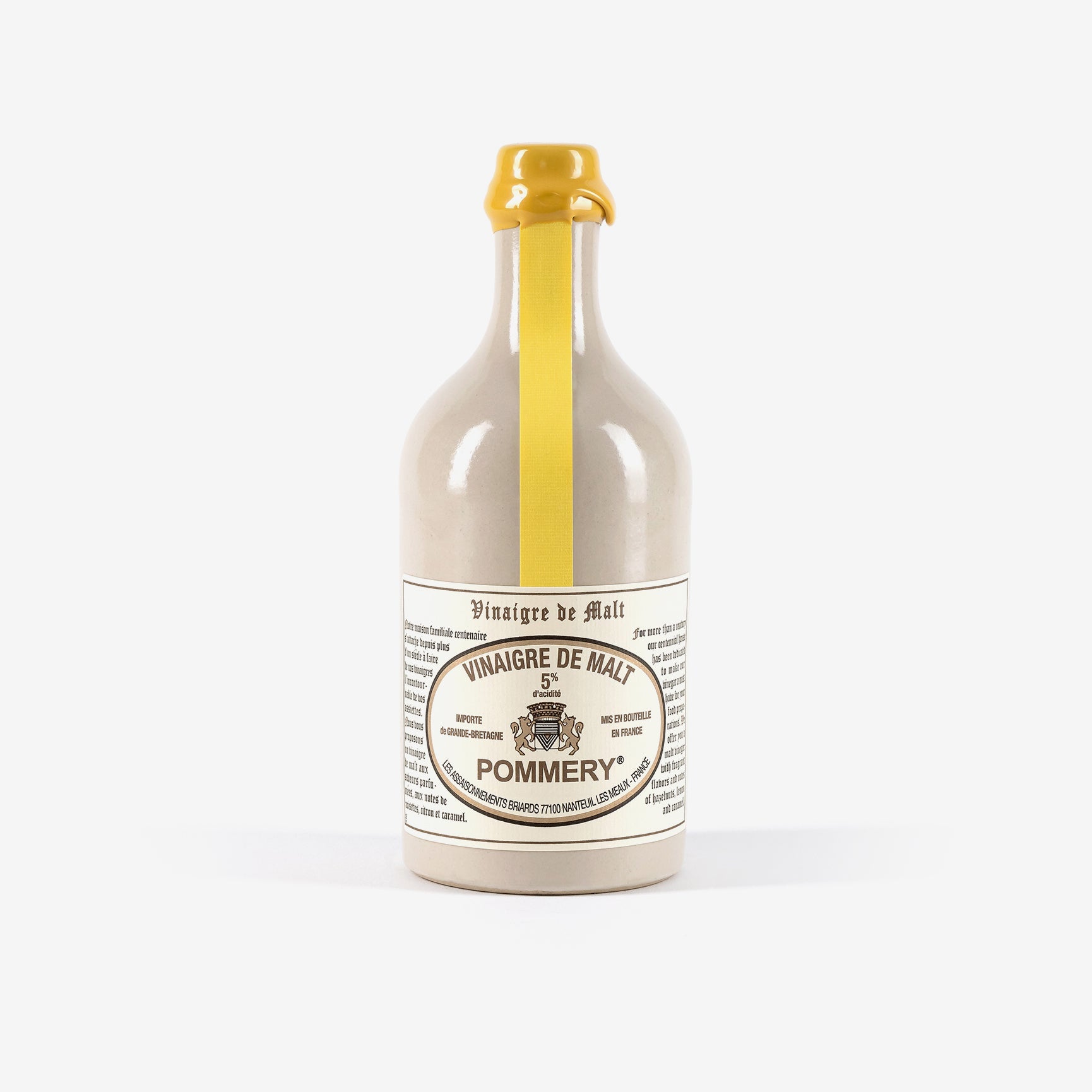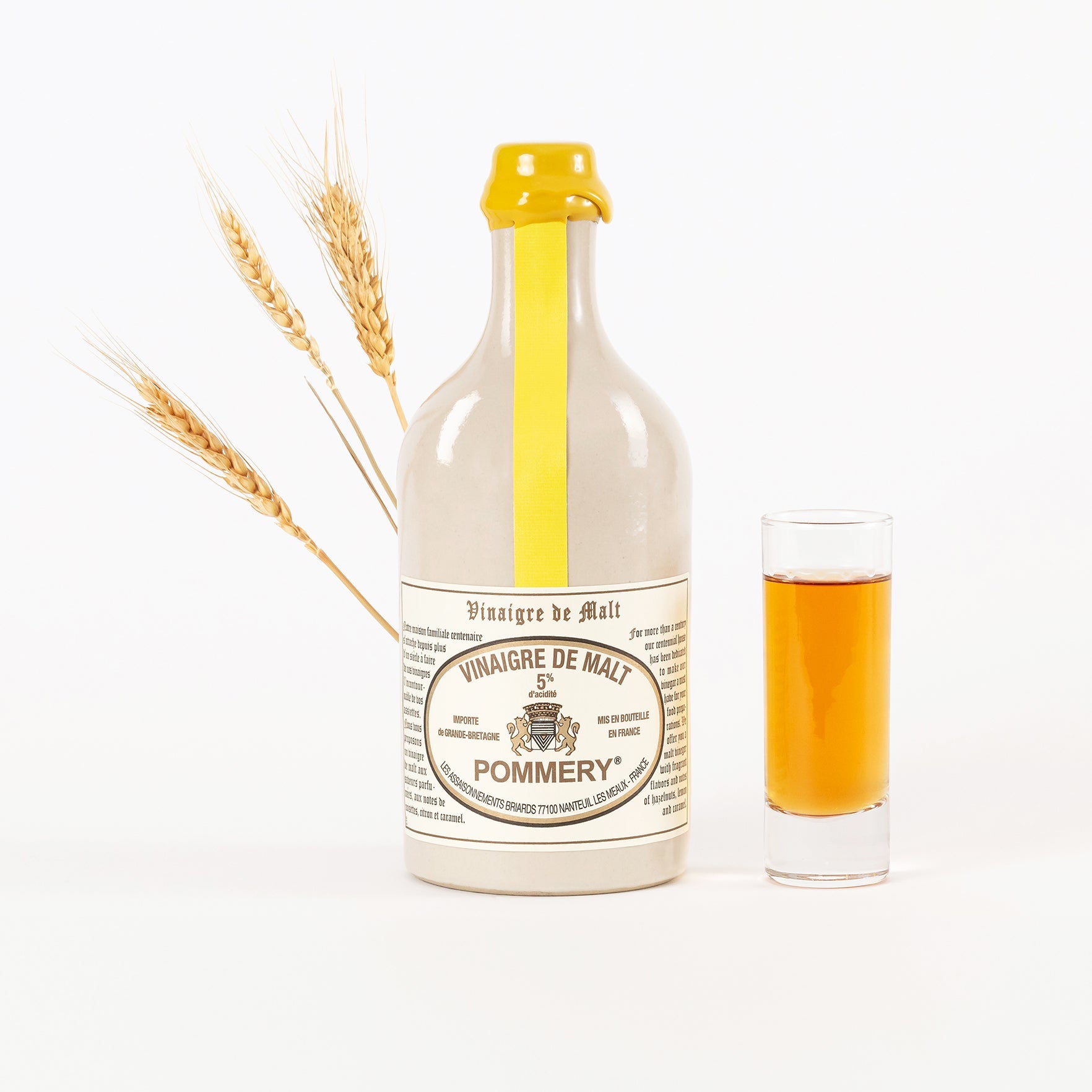The origin of vinegar
Born from the meeting between alcohol and air, vinegar is the result of a formidable natural alchemy which stings the wine and turns it sour. The name Vinegar derives from the french ''vinaigre'' which means sour wine. Anyone who leaves an uncorked bottle of wine, finds himself some time later in the presence of a sour and spicy wine. In fact, under the action of a bacteria called the "mother", the alcohol was transformed into acetic acid.
Ancient testimonies have been found on the use of vinegar among the Babylonians, more than 5000 years ago. This certainly appeared at the same time as the first alcoholic beverages.
Numerous paintings discovered in Egyptian tombs from the 11th and 13th dynasties already showed us people busy brewing. Cleopatra also made her entry into the annals of vinegar by winning a bet made with Antony, which was to eat a meal worth a million sesterces. How did she proceed? At the beginning of the banquet, she placed a valuable pearl in a vase filled with vinegar, then at the end of the meal she simply drank the beverage in which the pearl had melted!
Among the Romans, "Posca", a refreshing mixture of water and vinegar, was part of every campaign.
In the Middle Ages, vinegar was already widely used, not only as a drink and condiment but also for preserving food, for washing and to treat many illnesses such as plague, leprosy, fever, snake bites. ...
From the reign of Charles VI, the profession of vinegar maker was organized into a corporation whose first statutes were approved and registered on October 28, 1394 in Paris. They were joined in 1417 by the buffet makers then the statutes were completed in 1514 thus constituting a trade whose official title was "Vinegar makers, mustard makers, sauce makers, distillers of brandy and spirits". Workers in this trade were required to be “healthy in limbs and clean in clothing”. Alchemists were very early interested in the mystery of vinegar, the rules for its production were jealously guarded by vinegar makers.
The 4 thieves vinegar
Do you know the famous “4 thieves vinegar”?
This vinegar was made famous during the plague epidemics which struck Europe in the 17th century. Oddly, thugs who robbed the sick and robbed the corpses did not contract the disease. Once captured, their lives were only saved in exchange for the recipe for the vinegar they imbibed before committing their crimes.
It was only in 1865 that Pasteur revealed the mystery surrounding vinegar. His research on ferments and the role of microscopic organisms led him to find the person responsible for acetification: it is a bacteria, acetobacter, transported by dust in the air. He calls it mycoderma aceti because he believes it to be a mushroom.
This bacteria fixes oxygen in the air on alcohol and transforms it into acid. Then, as fermentation progresses, the bacteria develop on the surface to form a light whitish veil, called the “mother” of vinegar. When the accumulation becomes too great, these bacteria die and fall to the bottom of the tank until the alcohol present in the medium is exhausted.

